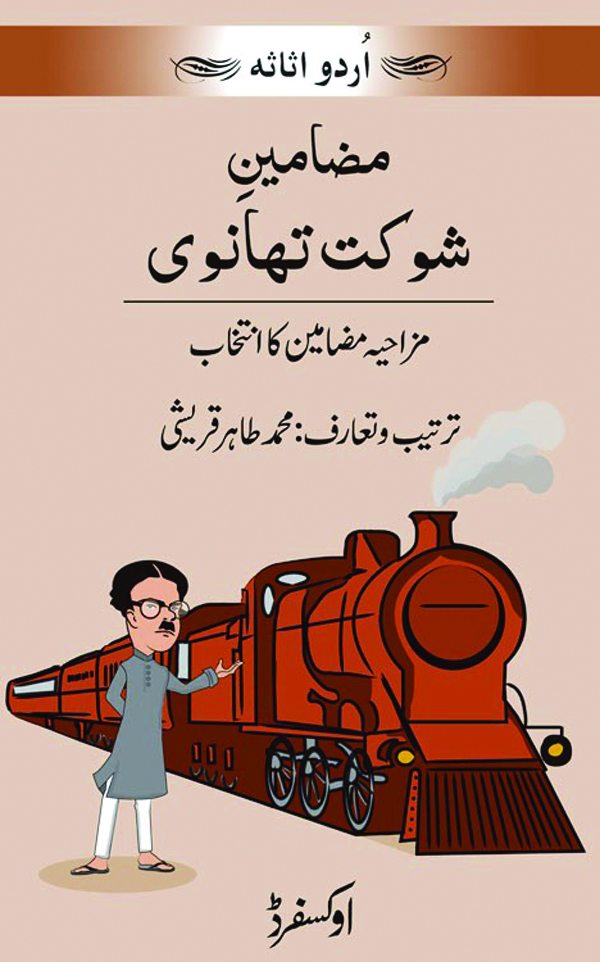Mark Twain is believed to have said, ‘Humanity has unquestionably one really effective weapon—laughter. Power, money, persuasion, supplication, persecution—these can lift at a colossal humbug, push it a little, weaken it a little, century by century, but only humour can blow it to rags and atoms at a blast. Against the assault of laughter nothing can stand.’ Urdu literature has had an illustrious history of humour and satire which can lay claim to a rather robust repertoire of writers and poets of this genre. However, if one were to name the most prominent of them from the early and mid-20th century, Shaukat Thanwi would certainly figure high up on the list. From novels and short stories to radio drama and newspaper columns (and even some occasional songs and a film), his works spread across a relatively wide canvass.
Mazameen-e-Shaukat Thanwi is a 152-page collection of 20 humorous writings of Thanwi, compiled by Mohammad Tahir Qureshi, who teaches Urdu literature at Karachi’s DJ Sindh Government Science College. Qureshi prefaces the book with a short biographical introduction of Thanwi which he ends with his interesting, but rather technical defence for including two ‘stories’ in what claims to be a compilation of ‘essays’. He explains that while many of Thanwi’s essays read like stories, some of his stories, on account of their form and structure, resemble essays. As an example, he cites the ‘story’ ‘Swadeshi Rail’ which the author himself has, in different writings, referred to as both a story and an essay. Curiously, Qureshi does not name the other ‘story’ included in this compilation. To a student who is to be tested on his technical knowledge of the nitty-gritty of writing forms, this explanation may be of some relevance, but a reader will find no difference between the eighteen ‘essays’ and the two ‘stories’ included in the book.

